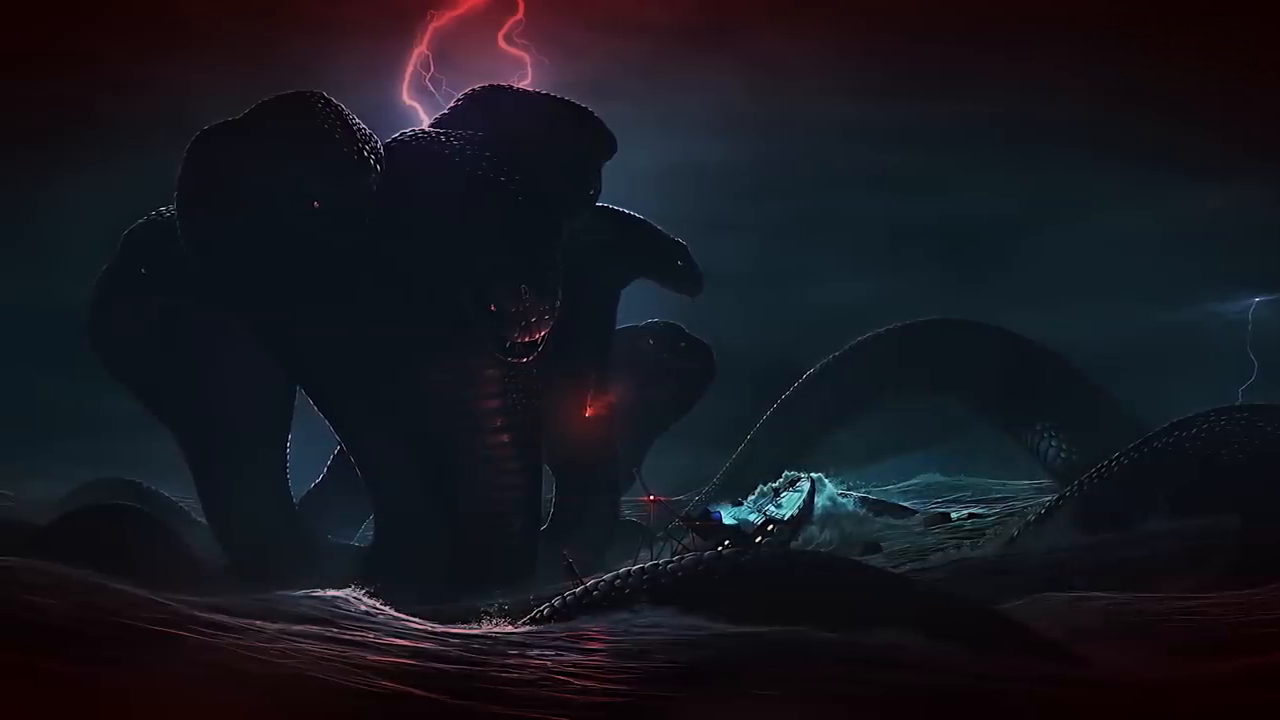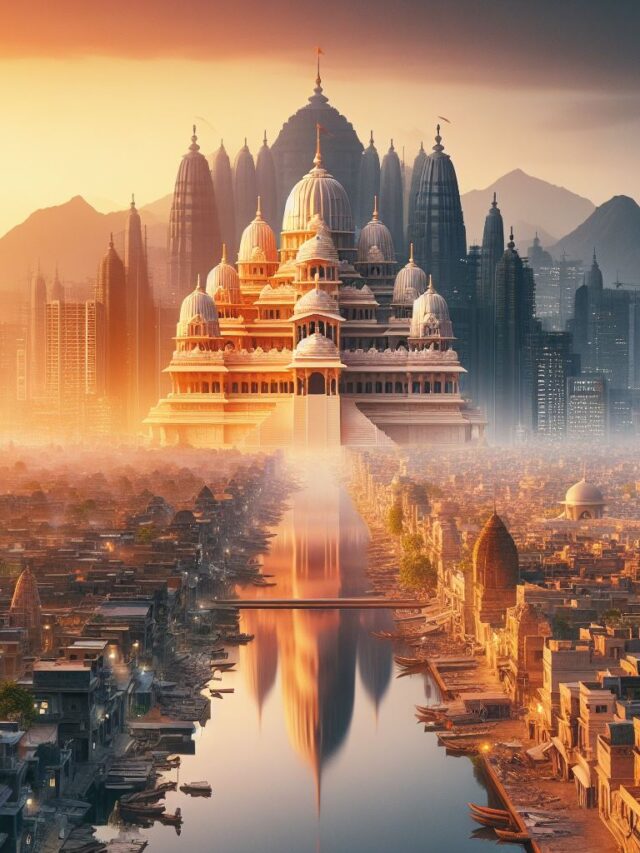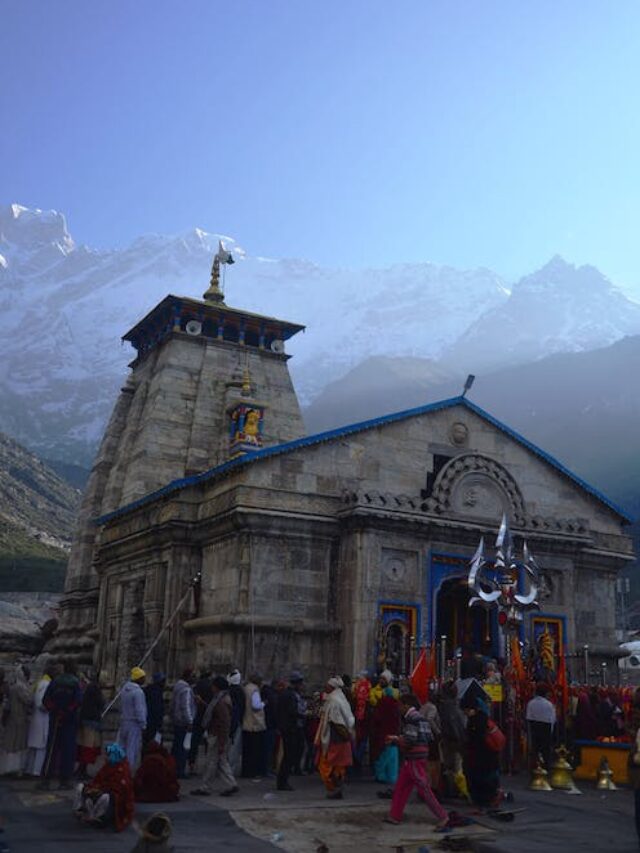In Hinduism, the stories of Lord Vishnu and his incarnations hold great significance. These tales reveal the divine actions of a powerful deity who preserves the world, upholds righteousness, and brings about change. A common question that arises is: why did Lord Vishnu take nine avatars? This query delves into the core beliefs of Hinduism and sheds light on the mysteries that have fascinated followers and scholars for generations.
The Stage of Mahabharata
“The Mahabharata war was about to commence; Arjuna, with Lord Krishna as his charioteer, stood puzzled in the battlefield…”

The Bhagavad Gita unfolds at a critical moment in the Mahabharata war when Arjuna grapples with a moral dilemma. On the battlefield of Kurukshetra, Arjuna hesitates to fight against his own relatives, prompting a profound philosophical discussion. This conversation between Lord Krishna, acting as Arjuna’s charioteer, and Arjuna serves as a timeless source of spiritual guidance that has resonated with followers worldwide for centuries.
The Cosmic Vision – Vishvarupa Darshana
As the narration progresses, Lord Krishna reveals to Arjuna an awe-inspiring cosmic form known as the Vishvarupa—manifesting with myriad eyes, divine weapons, and resplendence akin to a thousand suns rising simultaneously. It’s a portrayal of magnificence beyond mortal comprehension, a testament to the omnipresence and omnipotence of the divine.
“…Lord Krishna granted Arjuna the vision of his majestic universal form, illustrious as the combined brilliance of a thousand suns…”
Essence of Trinity and Avatar Doctrine
Hinduism gives the highest accord to the trinity of Brahma, Vishnu, and Shiva—Creator, Preserver, and Destroyer, respectively—each playing an integral role in the existence and cessation of the universe. In various scriptures such as the Vishnu Puran and Garuda Puran, Lord Vishnu’s incarnation is expounded upon in great detail. Often referred to as the Narayana, the one who rests upon the waters, Vishnu embodies the principle of preservation. Whenever dharma—the moral and righteous way of living—is at risk, Vishnu descends upon the earth in different forms to restore cosmic balance and eliminate evil.
“…As known in the Puranas, Vishnu, the protector, incarnates in manifold forms, each symbolizing distinct virtues and performing divine roles to uphold dharma…”
The Infinite Sheshnaag and The Nine Avatars
The cosmic serpent Sheshnaag, representing eternal infinity, serves as the bedrock upon which Lord Vishnu reclines in the serenity of the cosmic ocean. It’s an imagery rich with symbolism—of the infinite cyclic nature of time, the universe’s boundlessness, and continuity. The serpent’s multitude of hoods is believed to shield the deity from the material universe’s transient nature.

“With the graceful coexistence upon the infinite serpent Sheshnaag, Lord Vishnu epitomizes the concept of perpetual sustenance within the cosmos…”
So why specifically nine avatars? This question takes us into the heart of Vishnu’s dashavatara—ten incarnations taken to achieve cosmic purposes. Enumerated below are the nine avatars currently revealed, with each symbolizing a larger aspect of creation, preservation, and enlightenment.
1. Matsya: The Fish that Rescued Wisdom
The Matsya avatar represents the beginning; just as life began in the water, so did the divine incarnations. In this form, Lord Vishnu saves the ancient texts from a deluge that threatens existence. It’s a metaphor for retaining wisdom that sustains life through turbulent times.
2. Kurma: The Tortoise Who Upheld the Mount
Kurma’s endurance signifies persistence and the foundation of support. It is during the churning of the cosmic ocean that this avatar provides a base for Mount Mandara. This event encapsulates the extraction of both nectar and poison from the depth of existence.
3. Varaha: The Boar Who Redeemed the Earth
Next comes Varaha, lifting the Earth from the primordial waters, symbolic of bringing the submerged truth to light.
4. Narasimha: The Man-Lion Protector
Then Narasimha, the man-lion, emerges to save his devotee from tyranny, exemplifying divine retribution and protection.
5. Vamana: The Dwarf Who Conquered Pride
The diminutive Vamana teaches that humility can overcome the greatest of egos, as exemplified in his encounter with the arrogant King Bali.
6. Parasurama: The Warrior with an Axe
Parasurama, strong and unwavering, is the embodiment of the warrior spirit, eradicating untoward power when it threatens social harmony.
7. Lord Rama: The Prince of Ayodhya
The hero of the Ramayana, Rama’s life is a profound narrative of honor, love, and sacrifice in the face of adversity.
8. Lord Krishna: The Divine Statesman
Krishna’s life exemplifies divinity interacting with the world, revealing the dharma that guides life and the universe.
9. Buddha: The Enlightened One
Many Puranic traditions consider the Buddha to be the ninth avatar among Vishnu’s Dashavatara. Ajana gave birth to Sugata Buddha, the avatar of Vishnu, in Bodhi-Gaya (Kikata) in 1800 BC. According to certain Vaishnavite schools, Sugata Buddha was not the same as Gautama Buddha.
And as we await the prophesized tenth avatar, Kalki, who will ride forth to vanquish darkness at the end of this epoch, we look inwards and realize that each avatar embodies lessons pertinent to our own human evolution, from the primal fish to the all-knowing sage.
A Journey Through Divinity—The Char Dham
To fathom the vastness of Vishnu’s narrative is also to undertake a spiritual voyage. The Char Dham pilgrimage, initiated by the great sage Adi Shankaracharya, traces four cardinal abodes of the deity across the Indian subcontinent.
“…By visiting the four sacred shrines said to be set by Lord Vishnu himself – Badrinath in the north, Rameshwaram in the south, Jagannath Puri in the east, and Dwarka in the west – a devotee embarks upon a transformative journey signifying the pursuit of moksha, or liberation…”
In essence, the avatars of Vishnu, the visits to the sacred shrines, and the unfathomable depths of his lore, all represent a microcosmic journey of the soul—a quest towards enlightenment, an understanding of the eternal dharma and the inexorable flow of time.
Conclusion
The nine avatars of Lord Vishnu are not just stories or legends; they are profound symbolic expressions of the cosmic duties bestowed upon the divine. They serve as a reminder of the dynamic balance between creation and dissolution, the transient and the eternal. As we delve into the mysteries of Sheshnaag, the fierceness of Narasimha, and the anticipation for Kalki, we explore textures of spirituality that resonate with our essence.
If you’ve found this journey through the galaxies of Hindu mythology enthralling, please share your thoughts or questions in the comments section below. And for those who yearn to delve deeper into the untold tales and profound meanings behind the Avatars of Lord Vishnu, remember, the stories are as enchanting as they are eternal.
“…In the vastness of Vishnu’s lore and the grand tapestry of his avatars lies the journey of every soul—a path leading toward the pinnacle of divine truth and liberation..”



